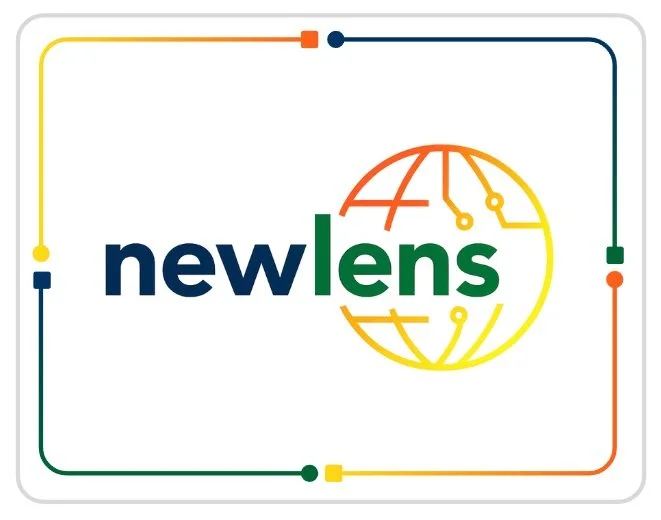The Tech-Gear Waiting Game: What It Teaches Us About AI Investment - by Mat Keys
I’ve always followed technology closely - especially hardware. When I’m in the market for a new laptop, CPU, GPU, or phone, I go deep into research: specs, reviews, benchmarks, price tracking.
And then comes the question: When to buy?
The Hardware Waiting Game
I’ll trade off between ideal specs and cost. A component might be cheaper or more capable two weeks later. So I wait- optimistically. Sometimes it pays off. Often it doesn’t. Eventually, the cycle ends when I commit- not because the timing is perfect, but because otherwise I'd never act.
That pattern is starting to mirror how many organisations think about investing in AI.
The AI Parallel
New AI tools, updates, and features surface almost daily. It’s hard not to hesitate. Why commit to today’s tool when something better may be just around the corner?
As Satya Nadella, CEO of Microsoft, observed:
“Generative AI is moving at a pace unlike anything we’ve seen in tech before.”
Andrew Ng, founder of DeepLearning.AI echoes this from the startup perspective:
“New AI technology is enabling startups to go much faster.”
For organisations, hesitation feels sensible - but the risks of waiting can be high.
The Risks of Waiting
Waiting too long means:
Falling behind competitors who learn quicker
Missing out on practical experience
Losing momentum
Knowledge compounds. Starting sooner - even with imperfect tools - lets you learn faster.
The Risks of Jumping In Blindly
That said, speed without structure can backfire. Consider the figures:
70–85% of enterprise AI projects fall short, often due to poor integration or unclear aims.
A MIT study estimated 95% of generative AI pilots delivered no measurable P&L impact—though the methodology is contested
Gartner predicts over 40% of agentic AI projects will be scrapped by 2027
The message is clear: without thoughtful planning, speed doesn’t pay off.
Finding the Balance
So how do organisations avoid both waiting forever and rushing in blind?
Start small with pilot projects.
Define success criteria and measure impact.
Invest in foundations: integration, data quality, user training.
Embrace experimentation. In AI, failures aren’t a sign of incompetence - they’re part of learning what works. Multiple pilots help uncover high-impact opportunities and build momentum.
Review and pivot frequently.
Closing Thought
When buying hardware, the perfect moment never arrives. Eventually, you buy in and start enjoying the gains.
AI adoption demands the same pragmatic mindset. The pace won’t slow. What matters is whether your organisation has clarity, structure, and the willingness to learn quickly.
